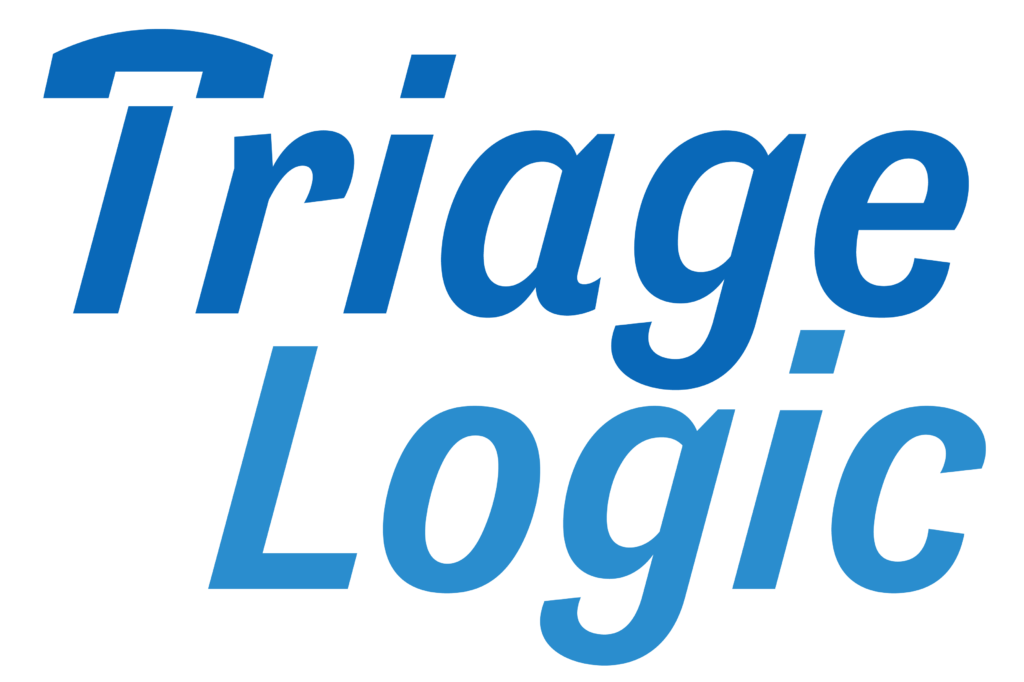TriageLogic’s New Protocols Lecture
Last year we started a new course on triage protocols for nurses. In the previous lectures we covered ‘What are Protocols and How to Use Them?’ and ‘Navigating Protocols: Steps 1 and 2’. In the ‘What are Protocols’ lecture, we learned that protocols are a standardized method of triaging a patient. The use of these protocols allows a triage nurse to pinpoint their options of providing the appropriate care for each patient.
The next lesson began to examine the top 10 steps of navigating protocols. Beginning with the simplest of steps, Step 1: Introduce yourself– This lets the patient know who you are, your title, and the practice you are representing. Your tone should be professional and reassuring. Step 2: Collecting Demographic Information– make sure the patient’s name is spelled correctly along with the date of birth. This ensures the physician’s information is correct and establishes that the encounter will be filed at the appropriate doctor’s office.
Our new lecture that is up in the Learning Center is a continuation of Navigating Protocols. This covers Steps 3, 4, and 5. Beginning with Step 3: Collecting a brief Personal Medical History (PMH) – this information is critical in determining the safest disposition for your patient. Step 4: Letting the patient talk– Give the patient 1-2 minutes to tell you what is going on, you can obtain valuable information about the patient and current symptoms. This lecture ends with one of the most important aspects of a triage call. Step 5: Documenting – It is an essential part of any nurse’s day. It is critical to write down an accurate yet concise record of why the patient is calling.
In February and March of 2016, we will be posting the final two lessons in the Navigating Protocols Course. Step 6: Choosing The Right Protocol and Step 7: How to Pick the Right Disposition will be posted in February. Following in March will be the final three steps. Step 8: Giving Appropriate Care Advice, Step 9: Giving Specific Callback Instructions, and Step 10: Offering Reassurance and Assuring your Patient Understands What to do Next.
If you are a nurse or healthcare professional, we strongly encourage you to go to our learning center and watch all the courses. It’s free and contains a lot of helpful information that can contribute to your continuing education.
Watch this short video on Protocols.






